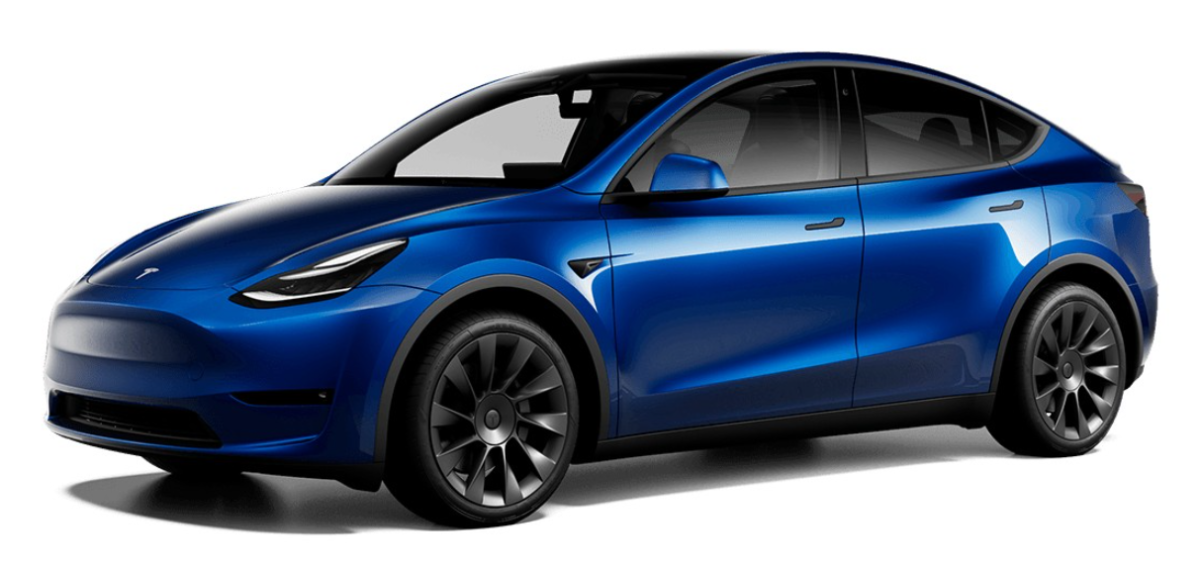Solar Energy is the Way of the Future
Mankind’s use of solar energy has a history that dates back centuries. Archimedes, renowned Greek mathematician and scientist, used the concentrated reflections of soldiers’ brass shields to set fire to enemy ships during the 2nd century B.C.E. By the 6th century A.D., the Roman emperor Justinian placed so much value on the sun’s warming energy that he established “sun rights,” laws guaranteeing every individual’s right to enjoy sunshine.
For centuries thereafter, scientists courted the sun and its potent heat and energy. In 1767, Swiss scientist Horace de Saussure constructed the world’s first solar collector. In 1883, American scientist Charles Fritts published a description of the first solar cells made from thin sheets of selenium, and in 1908, Carnegie Steel employee William Bailey invented a solar collector composed of copper coils contained in an insulated box, a design which is still in use today.
Through 1953, solar energy use was of the passive kind. But in 1954, solar energy took a new turn, as Bell Labs developed the first solar cell that was able to produce enough electrical current to run common electrical appliances and equipment. Twenty years later, University of Delaware researchers introduced the world to the power of solar panels, with the construction of Solar One, one of the world’s first solar-powered homes.
Today, solar panels are used in all types of construction, from residential to commercial to government buildings. Tax credits and a shift toward more sustainable fuel resources have helped increase the panels’ popularity. But the price of the panels and their installation can still be prohibitive to many individuals attracted by their “green,” earth-friendly footprint. Most homes require a substantial investment to install a system powerful enough to replace electricity and fossil fuels, and some experts have estimated it can take several decades for a solar panel system to pay for itself.
But despite its high cost and long “payback” time, solar is still attractive to many homeowners. Thousands of homeowners take the plunge every year and convert their homes to solar power. In addition to eschewing fossil fuels and creating a more earth-friendly profile, solar energy can allow homeowners to live “off the grid,” disconnecting from the stranglehold of major utilities like electric, oil, and natural gas. What’s more, when a home’s system makes more electricity than it needs, the homeowner can sell that extra electricity back to the local electrical utility. Don’t get too excited: even with that benefit, solar systems can still take decades to pay for themselves.
But just as the solar energy industry has evolved over the past millennia, homeowners interested in incorporating these shiny panels into their home’s design should keep their eyes open: tax breaks, advances in solar technology and increased competition among solar panel manufacturers have caused considerable price drops in recent years. If your home is situated in a position to soak up the rays, and you’re planning on staying put for awhile, solar panel installation might be a wise investment for you.


